

In the dynamic world of product development, engineering prototypes serve as a crucial bridge between conceptual ideas and market-ready products. These preliminary models enable designers and engineers to test, refine, and validate their ideas, ensuring the final product meets all functional, aesthetic, and usability requirements. Prototypes transform abstract concepts into tangible forms, allowing for adequate visualization and interaction. This accelerates development and significantly reduces the risk of costly errors and redesigns.
Engineering prototypes are early models or simulations of a product used to test various aspects of its design, functionality, and performance. They can range from simple sketches and 3D digital models to fully functional physical prototypes. The main goal of creating prototypes is to explore different design options, identify potential issues, and gather user feedback before committing to full-scale production.
Prototyping encompasses various methods and techniques depending on the product’s complexity and development stage. For example, rapid prototyping involves creating quick and inexpensive models using 3D printing or other additive manufacturing technologies, allowing designers to iterate quickly. Functional prototyping focuses on developing models that closely mimic the final product’s functionality, enabling detailed testing and validation.
The journey from a conceptual idea to a market-ready product is fraught with challenges. Even the most innovative ideas can only continue during development with proper validation and testing. This is where engineering prototypes play a vital role. They provide a concrete representation of the concept, allowing teams to explore its feasibility, identify design flaws, and refine the product to meet user expectations.
One of the primary benefits of prototyping is the ability to visualize the concept. Seeing a physical or digital model of the product helps stakeholders understand the design better. It bridges the gap between abstract ideas and real-world applications, making communicating the design intent and gathering valuable feedback easier.
Prototyping allows teams to identify design flaws early in the development process. Engineers can uncover potential usability, functionality, and performance issues by testing the prototype under real-world conditions. This early detection enables them to make necessary adjustments before moving on to more expensive stages of development.
Engineering prototypes facilitate collaboration among various stakeholders, including designers, engineers, marketers, and investors. They provide a common ground for discussions and decision-making, ensuring everyone is aligned with the project’s goals and vision. Prototypes also make incorporating feedback from different perspectives easier, leading to a more refined and well-rounded product.
Prototypes help reduce development costs by identifying and addressing issues early. Making changes during the prototyping phase is significantly cheaper than during full-scale production. Prototypes allow teams to experiment with different materials, manufacturing processes, and design options without incurring high costs. This iterative process leads to a more optimized and cost-effective final product.
Prototyping accelerates the development process by enabling rapid iteration and testing. Quick feedback loops allow teams to make informed decisions and progress faster through the design stages. This agility is crucial in today’s fast-paced market, where being first to market can provide a significant competitive advantage.
Prototypes are essential for validating design assumptions and hypotheses. They provide a platform for testing the product’s functionality, usability, and performance under real-world conditions. This validation ensures that the final product meets the intended requirements and performs as expected. It also builds confidence among stakeholders, including investors and customers, that the product is viable and ready for market launch.
User experience is a critical factor in the success of any product. Prototyping allows teams to test the product with real users and gather feedback on its usability and functionality. This user-centered approach ensures that the final product is intuitive, easy to use, and meets the needs of its target audience. Iterating based on user feedback leads to a more refined and user-friendly product.
Prototypes are valuable assets for marketing and sales teams. They provide a tangible representation of the product that can be showcased to potential customers, partners, and investors. Prototypes help generate interest and excitement around the product, making securing pre-orders, funding, and strategic partnerships easier. They are powerful tools for demonstrating the product’s features and benefits during sales presentations and trade shows.
Meeting regulatory standards is crucial for products in regulated industries such as healthcare, automotive, and aerospace. Prototyping allows teams to test the product’s compliance with relevant regulations and standards before full-scale production. This proactive approach minimizes the risk of regulatory issues and ensures a smoother path to market approval.
Prototyping fosters a culture of innovation by encouraging experimentation and exploration. It provides a safe environment for teams to try out new ideas, test unconventional solutions, and push the boundaries of what is possible. This iterative process leads to breakthrough innovations and novel product features that differentiate the product in the market.
Engineering prototypes are invaluable tools in product development, transforming conceptual ideas into tangible, testable models. They play a crucial role in visualizing the concept, identifying design flaws, enhancing collaboration, reducing development costs, and accelerating time to market. Prototyping also validates design assumptions, improves user experience, supports marketing efforts, enables regulatory compliance, and fosters innovation. By investing in high-quality engineering prototypes, businesses can ensure the successful development of their products and achieve a competitive edge in the market.
As the market continues to evolve, the importance of engineering prototypes will only grow. Embracing advanced prototyping techniques and technologies will enable businesses to stay ahead of the curve, delivering innovative, high-quality products that meet their customers’ needs and expectations. Whether you are a startup or an established company, leveraging the power of engineering prototypes is essential for transforming your ideas into reality and achieving long-term success.
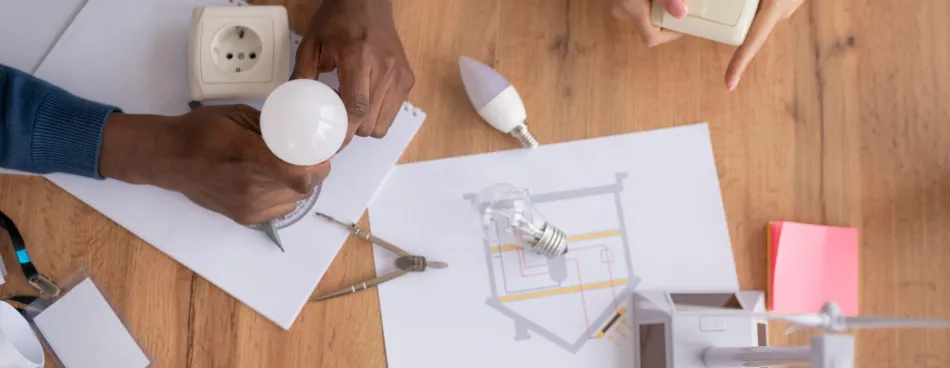
An engineering prototype is a preliminary model or sample of a product used to test and validate various aspects of its design and functionality before mass production. Prototypes serve as tangible iterations of a concept, enabling teams to explore and refine ideas in a physical form. Depending on the stage of development and the specific goals of the prototyping process, they range from simple mock-ups to fully functional models. The scope of engineering prototypes is broad, encompassing various industries and applications, each with unique requirements and standards.
Engineering prototypes can be categorized based on their fidelity, functionality, and purpose:
Prototyping is a critical component of the product development lifecycle, facilitating the transition from conceptual ideas to market-ready products. Prototypes serve multiple roles throughout the development process:
Prototypes are indispensable for visualizing and testing design concepts, offering numerous advantages that drive successful product development.

Engineering prototypes are essential in product development, facilitating the transition from conceptual ideas to market-ready products. Different types of prototypes serve specific purposes and stages in the development process. Here, we explore four critical types of engineering prototypes: rapid prototyping, functional prototyping, production prototyping, and evolutionary prototyping.
Rapid prototyping involves creating a scaled physical part or assembly model using 3D printing or other additive manufacturing technologies. The primary purpose of rapid prototyping is to enable fast and cost-effective iteration during the early stages of product development. These prototypes are typically low-fidelity and used to explore design concepts, validate form factors, and gather early feedback.
Rapid prototyping applications include creating mock-ups for ergonomic studies, testing the fit and assembly of parts, and generating visual models for stakeholder presentations.
Definition and Purpose:
Functional prototyping involves creating a prototype that closely mimics the final product’s functionality and performance. These prototypes test and validate the product’s features, materials, and overall performance. Functional prototypes are often more detailed and complex than rapid prototypes, as they need to accurately replicate the intended use and functionality of the final product.
Benefits and Applications:
Functional prototyping is widely used in medical devices, aerospace, and consumer electronics, where precise performance and reliability are critical.
Definition and Purpose:
Production prototyping involves creating prototypes using the same materials and manufacturing processes intended for the final product. The purpose is to evaluate the design’s manufacturability and ensure the production process is efficient and cost-effective. Production prototypes are often used to finalize the design before transitioning to full-scale manufacturing.
Benefits and Applications:
Applications of production prototyping include creating pilot runs for consumer products, validating automotive parts for mass production, and ensuring compliance with industry standards for medical devices.
Definition and Purpose:
Evolutionary prototyping is an iterative development process in which the prototype is continuously refined based on feedback and testing. The purpose is gradually evolve the prototype into the final product, incorporating changes and improvements at each iteration. This approach is beneficial for complex projects where requirements may develop.
Benefits and Applications:
Evolutionary prototyping is commonly used in software development, where requirements often change, and continuous feedback is essential for creating user-friendly applications. It is also applicable in hardware development for complex systems, such as advanced robotics or custom machinery, where iterative testing and refinement are critical.
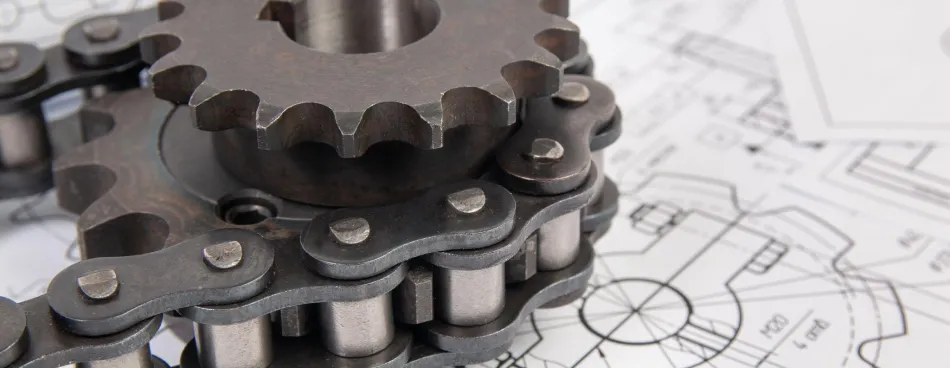
Engineering prototypes are essential tools in product development, offering numerous advantages that enhance the overall process and outcome. These benefits include early detection of issues, improved design quality, enhanced stakeholder engagement, faster time to market, and cost savings. This section thoroughly explores these benefits, highlighting their importance in creating successful products.
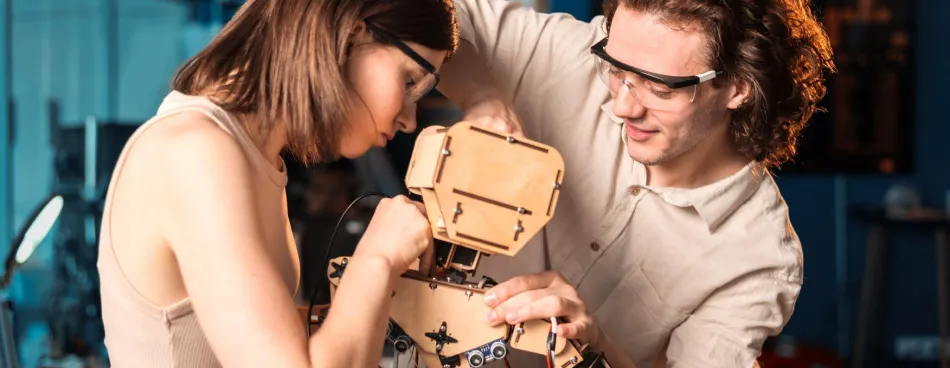
One of the most significant benefits of engineering prototypes is the early detection of design and functionality issues. Identifying and addressing these issues early in development can prevent costly errors and delays.
Prototyping plays a crucial role in improving the overall quality of the design. Through continuous testing and refinement, prototypes help create functional products optimized for performance and user experience.
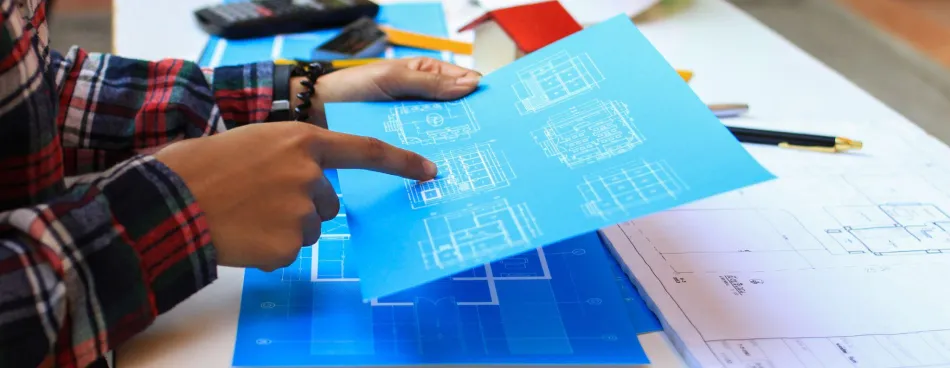
Prototypes are practical tools for engaging stakeholders, including team members, investors, clients, and potential customers. Prototypes facilitate communication and collaboration by providing a tangible representation of the product.
Prototyping accelerates product development, enabling teams to bring products to market more quickly. This speed is crucial in competitive industries where time-to-market can significantly impact a product’s success.
Prototyping contributes to significant cost savings by reducing the risk of costly errors, optimizing resource use, and improving overall efficiency.
Engineering prototypes offer numerous advantages that enhance product development and outcomes. This section thoroughly explores these benefits, highlighting their importance in creating successful products.
One of the most significant benefits of engineering prototypes is the early detection of design and functionality issues. Identifying and addressing these issues early in development can prevent costly errors and delays.
1. Identifying Design Flaws:
2. Functional Testing:
3. User Feedback:
4. Iterative Improvements:

Prototyping plays a crucial role in improving the overall quality of the design. Through continuous testing and refinement, prototypes help create functional products optimized for performance and user experience.
1. Design Validation:
2. Material and Component Testing:
3. Enhanced Usability:
4. Aesthetic Refinement:
Prototypes are practical tools for engaging stakeholders, including team members, investors, clients, and potential customers. Prototypes facilitate communication and collaboration by providing a tangible representation of the product.
1. Visual Communication:
2. Interactive Demonstrations:
3. Feedback and Collaboration:
4. Investor Confidence:
Prototyping accelerates product development, enabling teams to bring products to market more quickly. This speed is crucial in competitive industries where time-to-market can significantly impact a product’s success.
1. Rapid Iteration:
2. Efficient Problem Solving:
3. Streamlined Development:
4. Accelerated Decision-Making:
Prototyping contributes to significant cost savings by reducing the risk of costly errors, optimizing resource use, and improving overall efficiency.
1. Reduced Rework:
2. Optimized Resource Use:
3. Early Market Validation:
4. Efficient Manufacturing Planning:
Engineering prototypes play a critical role in transforming innovative ideas into successful products. The following case studies of the Tesla Roadster, Dyson Vacuum Cleaners, and Apple iPhone illustrate the importance of prototyping in product development and highlight the outcomes and impacts of their respective approaches.
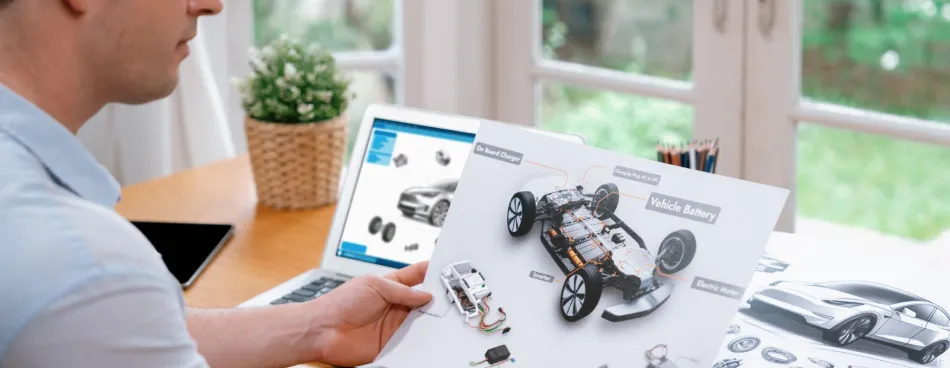
The Tesla Roadster, launched in 2008, was Tesla’s first production vehicle and the first all-electric sports car. It marked a significant milestone in the automotive industry by demonstrating the viability of electric vehicles (EVs) in a market dominated by internal combustion engines. The extensive prototyping process for the Tesla Roadster focused on developing a high-performance, environmentally friendly car.
1. Conceptualization and Design:
2. Rapid Prototyping:
3. Functional Prototyping:
4. Production Prototyping:
The Tesla Roadster received widespread acclaim for its performance, achieving 0 to 60 mph in under 4 seconds and a top speed of over 120 mph. It demonstrated that electric vehicles could compete with, and even surpass, traditional sports cars in terms of performance. The success of the Roadster paved the way for Tesla’s future models, including the Model S, Model 3, Model X, and Model Y. It also played a crucial role in shifting public perception towards electric vehicles, highlighting their potential for sustainability and high performance.
Dyson, a company known for its innovative home appliances, revolutionized the vacuum cleaner market with its bagless vacuum technology. The development of Dyson’s vacuum cleaners involved a lengthy and meticulous prototyping process to perfect the design and functionality of the product.
1. Conceptualization and Design:
2. Rapid Prototyping:
3. Functional Prototyping:
4. Production Prototyping:
The Dyson vacuum cleaner was a groundbreaking product that disrupted the vacuum cleaner industry. It offered superior suction power, durability, and ease of use, making it a popular choice in the vacuum cleaner industry. It provided superior suction power, durability, and ease of use, making it a popular choice among consumers. The success of Dyson’s vacuum cleaners established the company as a leader in home appliance innovation. It paved the way for innovative products like bladeless fans and air purifiers. Dyson’s commitment to extensive prototyping and testing ensured that each product met the highest performance and quality standards.
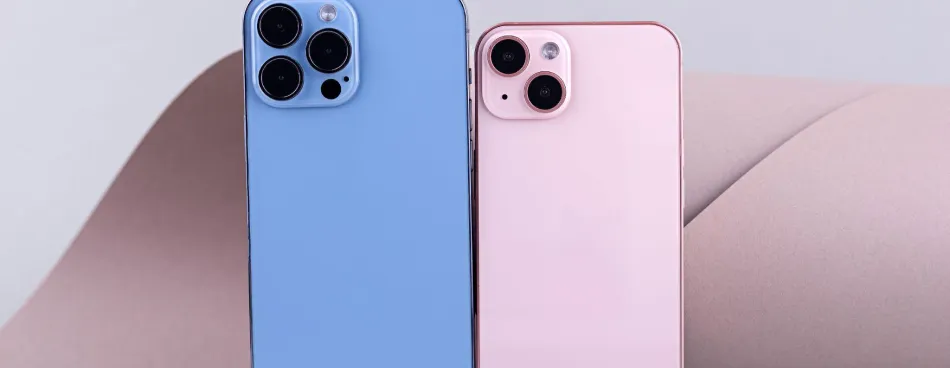
The Apple iPhone, introduced in 2007, revolutionized the mobile phone industry with its touchscreen interface and advanced capabilities. The development of the iPhone involved an intensive prototyping process to create a device that combined functionality, aesthetics, and user experience.
1. Conceptualization and Design:
2. Rapid Prototyping:
3. Functional Prototyping:
4. Production Prototyping:
The Apple iPhone was a game-changer in the mobile phone industry, setting new design, functionality, and user experience standards. It introduced features such as a multi-touch interface, a robust app ecosystem, and seamless integration with other Apple products. The iPhone’s success established Apple as a dominant player in the smartphone market and influenced the design of countless other mobile devices. The iPhone’s prototyping process was crucial in achieving a product that was not only innovative but also highly functional and user-friendly.

The landscape of engineering prototyping is continuously evolving, driven by technological advancements and innovative approaches. This section explores future trends in engineering prototyping, focusing on advancements in 3D printing, AI and machine learning, and virtual and augmented reality. These trends promise to enhance the prototyping process’s speed, precision, and overall effectiveness.
3D printing, also known as additive manufacturing, has revolutionized prototype creation. This technology advances, significantly improving speed, precision, and material innovation.
1. Speed and Precision:
2. Materials Innovation:
Artificial intelligence (AI) and machine learning are increasingly integrated into prototyping, offering new possibilities for design optimization and predictive analysis.
1. Design Optimization:
2. Predictive Analysis:
Virtual reality (VR) and augmented reality (AR) transform how prototypes are visualized, tested, and refined. These technologies offer immersive experiences that enhance the prototyping process.
1. Virtual Prototyping:
2. Enhanced Collaboration:
The future of engineering prototyping is shaped by significant advancements in 3D printing, AI and machine learning, and virtual and augmented reality. These technologies enhance the prototyping process’s speed, precision, and effectiveness. Faster and more precise 3D printing technologies, combined with innovative materials, enable the creation of high-quality prototypes that closely mimic final products. AI and machine learning are optimizing design processes and predicting performance outcomes, reducing the risk of failures and improving overall design quality. Meanwhile, VR and AR transform how prototypes are visualized, tested, and refined, facilitating better collaboration and more comprehensive evaluations.
As these technologies evolve, prototyping will become even more integral to product development, driving innovation and ensuring that new products meet the highest performance and quality standards. Embracing these future trends will enable companies to stay competitive, bring products to market faster, and deliver solutions that meet the ever-changing demands of consumers and industries.
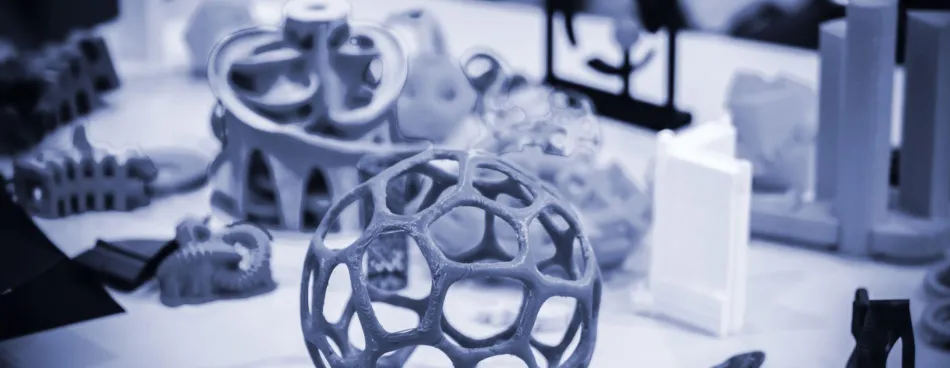
Engineering prototypes are potent tools that profoundly impact the product development process. They transform abstract ideas into tangible models, allowing designers and engineers to visualize, test, and refine their concepts. Prototyping bridges the gap between theoretical designs and market-ready products, enabling teams to identify and address issues early, validate design assumptions, and gather valuable feedback from stakeholders and users. This iterative process ensures the final product is functional, reliable, and aligned with user needs and market demands.
Prototypes play a critical role at every stage of product development. During the conceptual phase, they help visualize ideas and explore different design options. Prototypes facilitate rigorous testing and validation in the design and development phase, ensuring the product meets all technical and performance requirements. Prototypes provide a hands-on experience for user testing, enabling real-world feedback that drives design improvements. Finally, in the production planning phase, prototypes verify manufacturability and scalability, reducing risks and optimizing the production process.
Investing in high-quality engineering prototypes is a strategic decision that can significantly enhance the success of product development projects. Here are several compelling reasons why businesses should prioritize prototyping:
1. Risk Mitigation:
2. Improved Design Quality:
Given these benefits, businesses should view prototyping as an integral part of their product development strategy. Investing in high-quality prototypes can lead to better products, more efficient processes, and more tremendous market success.
The future of engineering prototyping is poised to be even more transformative, driven by advancements in technology and innovative approaches. Here are some key trends that will shape the future of prototyping:
1. Advancements in 3D Printing:
2. Integration of AI and Machine Learning:
3. Virtual and Augmented Reality:
4. Sustainability and Eco-Friendly Practices:
5. Enhanced Collaboration Tools:
6. Customizable and Modular Prototyping:
In conclusion, engineering prototypes are essential for successful product development, offering numerous benefits that enhance design quality, reduce risks, and accelerate time to market. As technology advances, prototyping will become more integral to innovation and product success. Businesses that invest in high-quality prototyping will be well-positioned to lead in their industries, delivering products that meet the highest performance, usability, and sustainability standards. Embracing the future trends in prototyping will enable companies to stay competitive and drive the next generation of groundbreaking products.